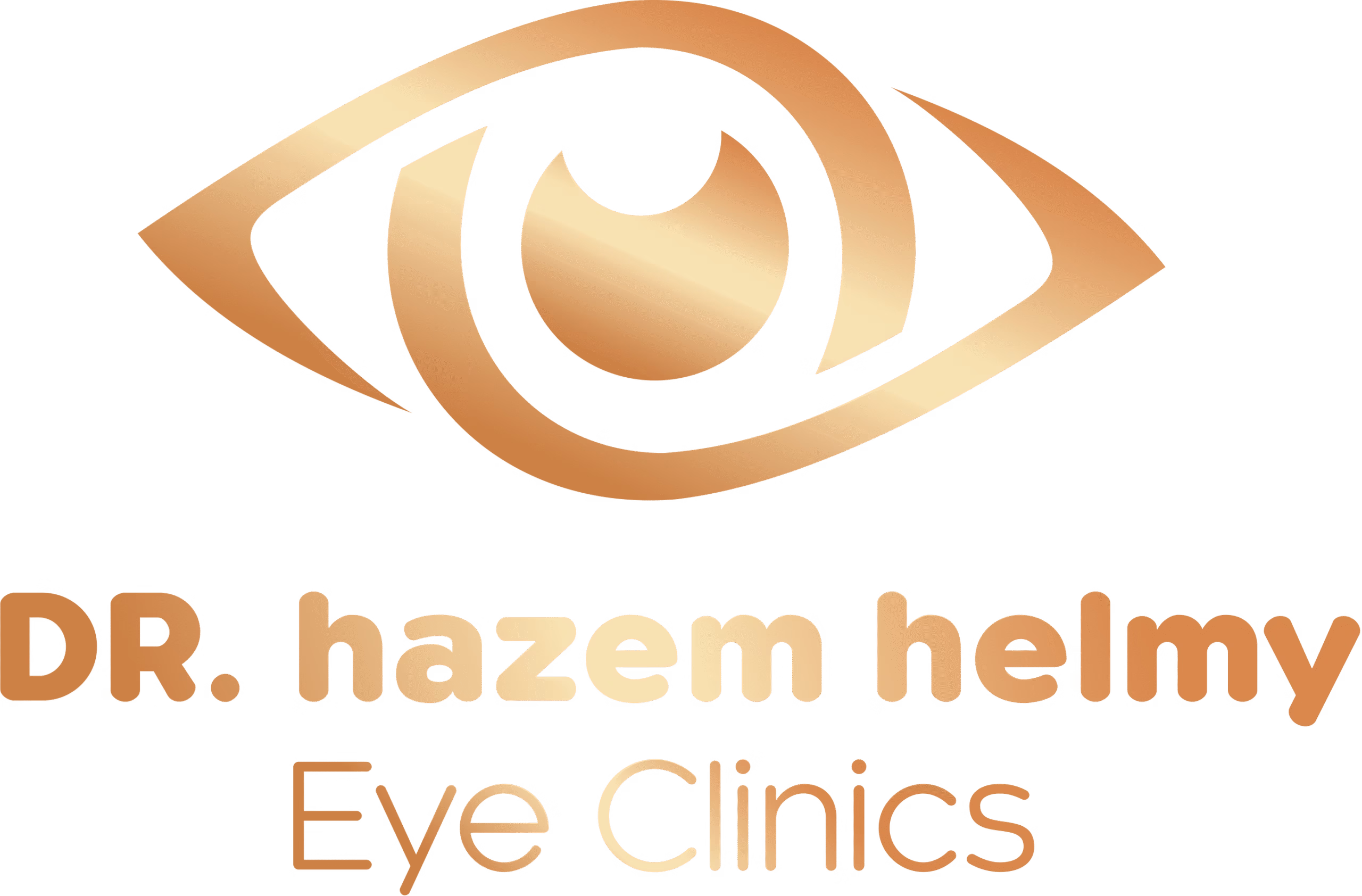
Menu
Published research
Professor's contributions
Hazem Hilmi research
Scientific degree: Doctor of Ophthalmology (MD Ophthalmology)
Career: أستاذ (Ful Professor) بمعهد بحوث أمراض العيون (Research Institute of Ophthalmology)
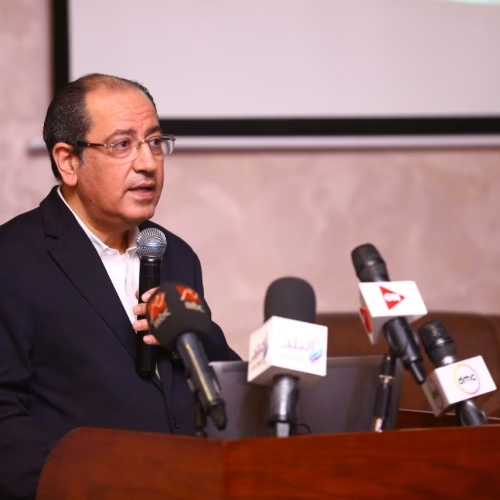
Dr. Hazem Helmy is one of the leading pioneers of Ophthalmology in Egypt and the Arab world, and a professor, researcher and consultant at the Research Institute of eye diseases. Dr. Hazem Helmy has a PhD in ophthalmology and is currently the head of the Department of glaucoma and optic nerve surgery at the Research Institute of eye diseases.
Glaucoma of all types:
Numerous studies have addressed the genetic and biochemical risk factors associated with glaucoma, especially closed-angle glaucoma and congenital glaucoma, in addition to evaluating modern surgical techniques for its treatment such as microscopic surgery and laser techniques.
Oxidative stress and its role in eye diseases:
Research on oxidative stress indicators in eye fluids and blood and their impact on the development of eye diseases such as glaucoma and diabetic retinopathy.
Advanced surgeries for the treatment of eye diseases:
Studies on advanced surgeries such as combining different techniques for the treatment of congenital glaucoma, strabismus surgery without sutures, and keratoconus treatment techniques such as rapid crosslinking.
Clinical and technical studies:
Evaluation of methods for measuring intraocular pressure after laser vision correction operations, studying the effect of microbial and pharmacological treatments such as ranbizumab in the treatment of resistant vascular glaucoma.
The role of immune factors and cytokines:
Research on the role of cytokines and growth factors in eye fluids and their effect on diseases such as glaucoma and diabetic retinopathy.
The importance of Dr. Professor's research
Hazem my dream
Dr. Hazem Helmy's research has contributed to a qualitative leap in the understanding, diagnosis and treatment of eye diseases, especially glaucoma, at the local, international and Arab levels. His research has focused on the study of genetic, biochemical and clinical aspects, and he has developed and evaluated innovative surgical techniques that have contributed to improving the quality of medical care provided to patients. These researches have directly influenced the enrichment of scientific research in Egypt and the world, as they have been cited in many international studies, and have become a reference for researchers and doctors in the field of Ophthalmology.
Sincere heartfelt congratulations to Dr. Hazem Helmy
Professor of Ophthalmology at the Research Institute of eye diseases and consultant of glaucoma surgery at the Institute for the election of His Excellency as an extraordinary member of the European Glaucoma Society in recognition of his research and efforts in the field of treatment, diagnosis and surgery of glaucoma .
Dr. Hazem Helmy is working on the development of congenital glaucoma surgeries in children, which are widespread in Egypt, as well as glaucoma multiplier for diabetic changes in the retina . He is also working through the research project at the institute to study the genetic map of blue water patients in Egypt.
(Selected samples from 24 published international papers)
By Professor / Hazem Helmy
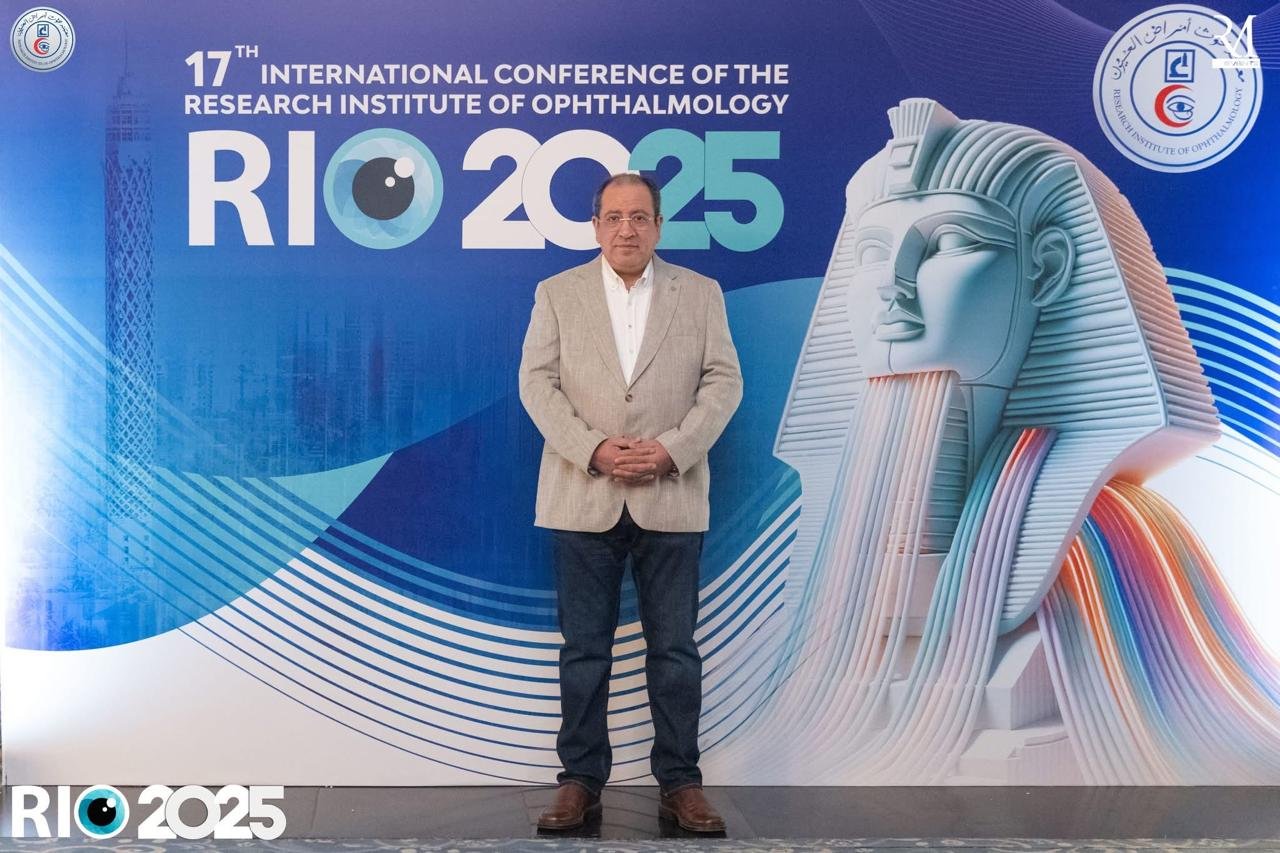
Integration of internal trabecular mesh surgery from the inside with external trabecular incision in cases of advanced congenital glaucoma: two-year follow-up
Ab Interno Goniotomy Combined with Ab Externo Trabeculotomy in Advanced Primary Congenital Glaucoma Patients: 2-Year Follow-Up
Objective: to evaluate the effectiveness and safety of combining two surgical procedures for the treatment of advanced congenital glaucoma.
Conclusion: conclusion: surgical Fusion is effective and safe in advanced cases
Results: a significant improvement in intraocular pressure and stabilization of the condition within two years.

1. The effect of rs11024102 gene polymorphism in plekha7 gene and rs3753841 gene in COL11A1 gene and levels of oxidative stress indices in the blood on the risk of primary angle-closure glaucoma in Egyptians
Impact of rs11024102 PLEKHA7, rs3753841 COL11A1 Single Nucleotide Polymorphisms, and Serum Levels of Oxidative Stress Markers in the Risk of Primary Angle-Closure Glaucoma in Egyptians
Objective: to study the relationship between certain genetic changes, indicators of oxidative stress and the risk of developing closed-angle glaucoma.
Results: no statistical association was shown between genetic changes and the risk of disease, while indicators of oxidative stress were associated with increased intraocular pressure.
Conclusion: oxidative stress plays a greater role than the studied genetic factors in the development of the disease.

3. Calculation of intraocular pressure in myopic patients after LASIK operations
Intraocular Pressure Calculation in Myopic Patient after Laser-Assisted in Situ Keratomileusis
Objective: to study the accuracy of intraocular pressure measurement after laser vision correction operations.
Results: Lasik operations affect the accuracy of traditional measurement of intraocular pressure.

Treatment of resistant vascular glaucoma using a microfluidic diode laser with ranbizumab
Micropulse diode treatment in refractory neovascular glaucoma, high-energy level combined with adjunctive Ranibizumab
Objective: to evaluate the effectiveness of combination therapy with precision laser and ranbizumab in resistant vascular glaucoma.
Results: marked improvement in intraocular pressure and improvement of symptoms.
Conclusion: combination therapy is effective and safe.

5. Gonioscopic-assisted trabecular lavage with mitomycin-assisted deep sclerectomy in secondary glaucoma caused by silicone oil
Gonio-Assisted Trabecular Lavage with Deep Sclerectomy Augmented with Mitomycin C in Silicon Oil Induced Secondary Open Angle Glaucoma
Objective: to evaluate a new surgical technique for the treatment of secondary glaucoma caused by silicone oil..
Results: the technique is effective in reducing intraocular pressure and improving visual results.
Conclusion: the technique can be adopted in complex cases.

6. The role of angiopoietins and tiee-2 growth factors in diabetic retinopathy
Role of Angiopoietins and Tie-2 in Diabetic Retinopathy
Objective: to study the role of certain immune factors in diabetic retinopathy..
Results: there is an association between the levels of these factors and the severity of Retinopathy..
Conclusion: these factors may be future therapeutic targets.
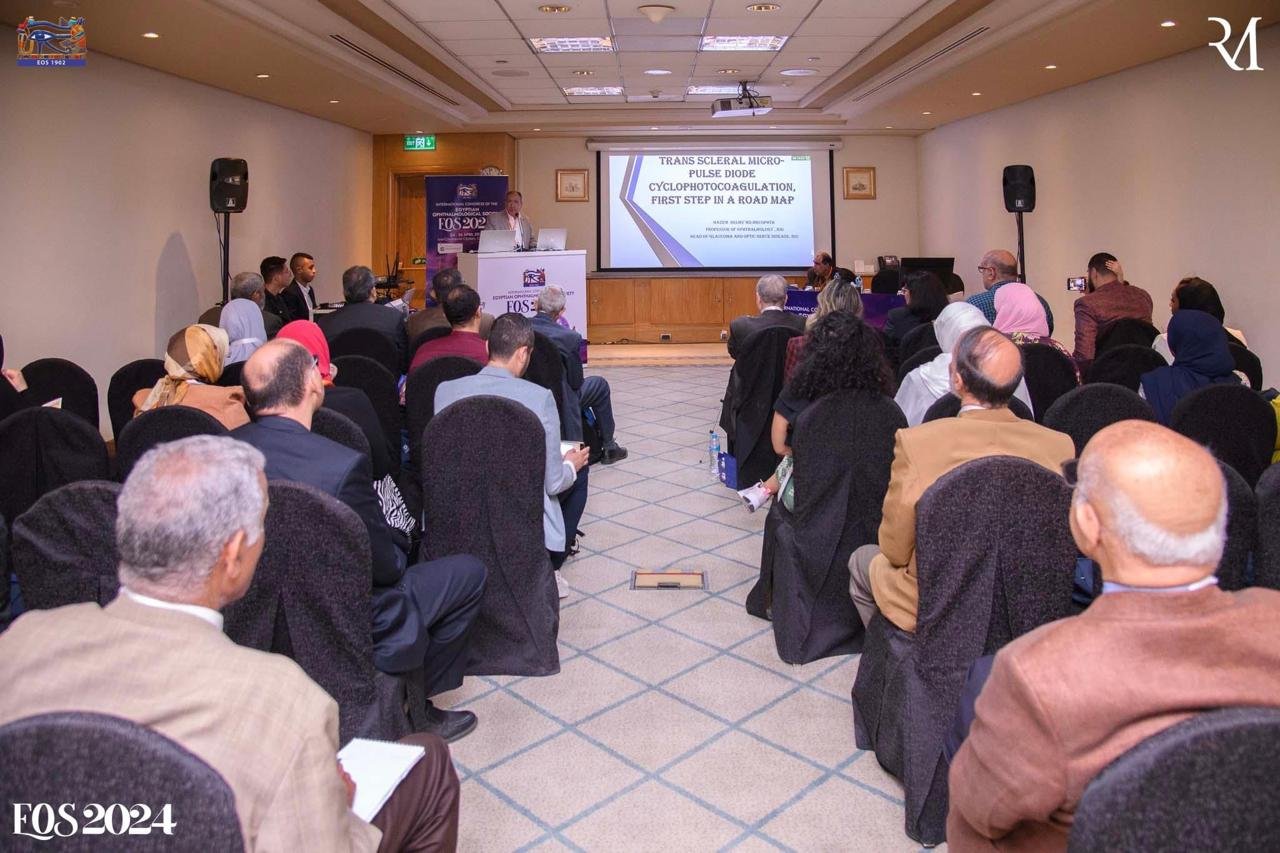
7. Combining Phacoemulsification with mitomycin-assisted deep sclerectomy and amniotic membrane implantation in chronic glaucoma with cataracts
Phacoemulsification combined with deep sclerectomy augmented with mitomycin and amniotic membrane implantation in chronic primary open angle glaucoma with cataract
Objective: to evaluate the results of combining cataract surgery with chronic open glaucoma surgery.
Results: the technique is effective in improving vision and lowering intraocular pressure..
Conclusion: the combination of the two operations is safe and with good results.
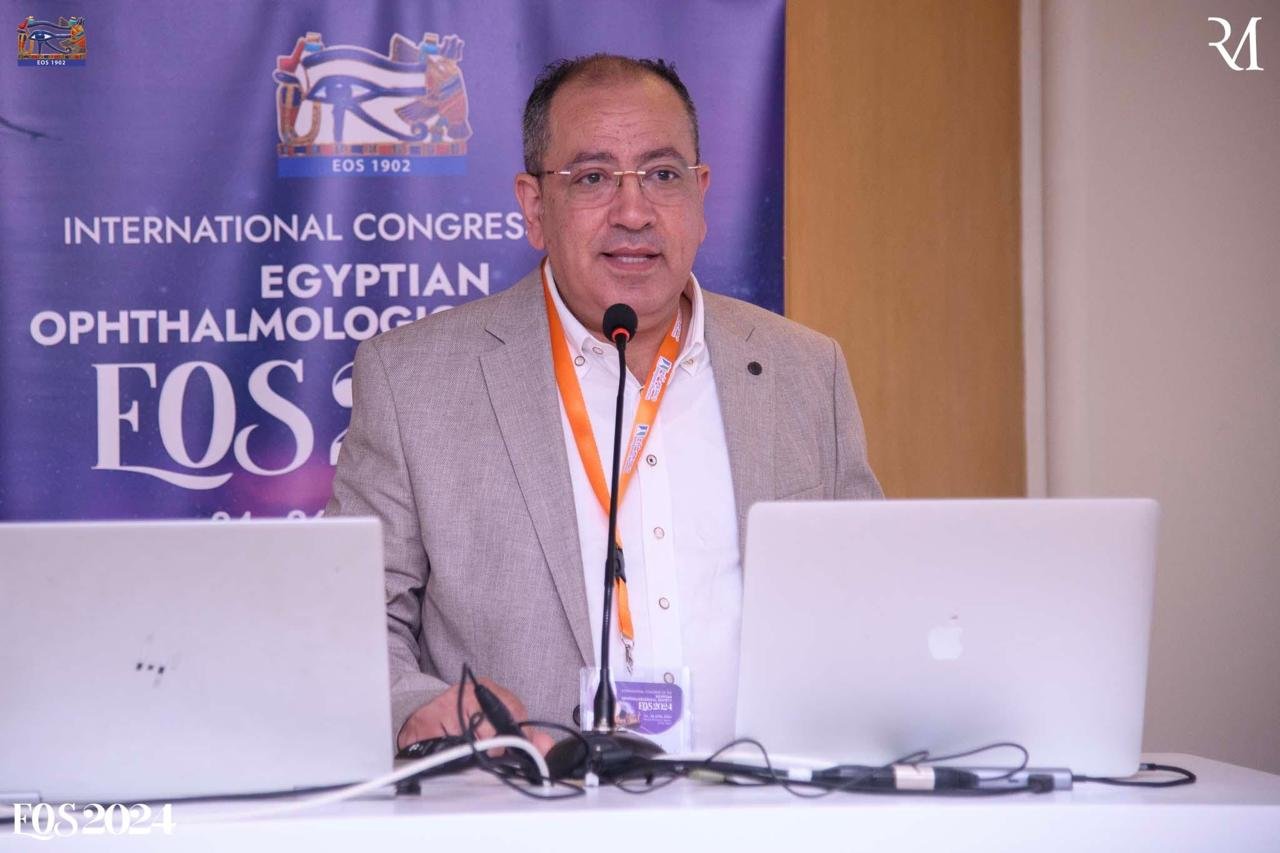
8. Biomechanical properties of the cornea in asymmetric normal pressure glaucoma
Corneal biomechanics in asymmetrical normal-tension glaucoma
Objective: to study the biomechanical properties of the cornea in asymmetric normal pressure glaucoma..
Results: there are differences in the properties of the cornea between the eyes in the same patient..
Conclusion: these characteristics may help to understand the development of the disease.
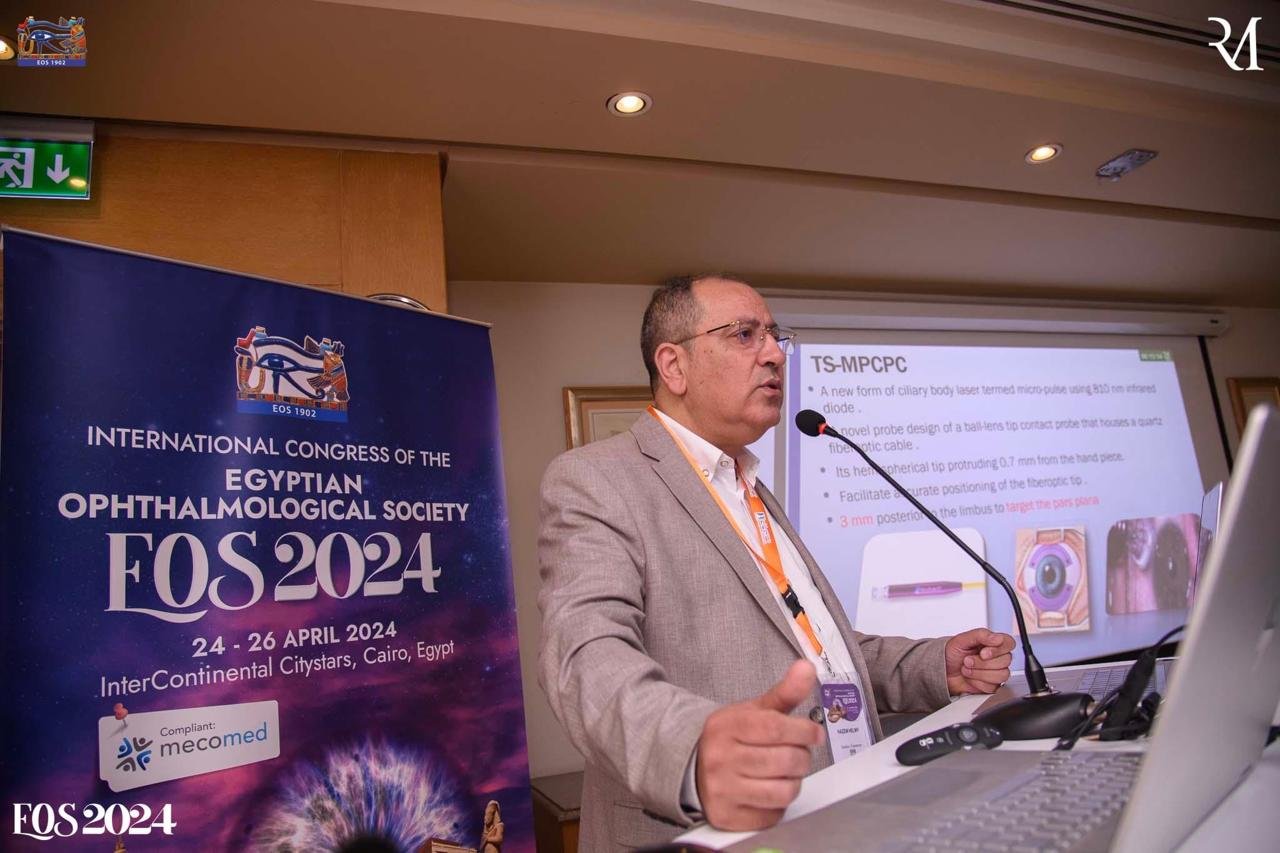
9. Comparison of external trabeculotomy in combination with trabeculectomy and Ahmed valve implantation for the treatment of resistant congenital glaucoma in Egyptian children: long-term follow-up
Combined trabeculotomy-trabeculectomy versus Ahmed valve implantation for refractory primary congenital glaucoma in Egyptian patients: a long-term follow-up
Objective: to compare the effectiveness of two surgical procedures in the treatment of resistant congenital glaucoma.
Results: both methods are effective, with slight differences in results and complications.
Conclusion: the choice between the two methods depends on the patient's condition.

10. Ahmed valve transplantation in glaucoma after corneal transplantation: four-year follow-up
Ahmed Valve Implantation in Post-Penetrating Keratoplasty Glaucoma: Four years follow-up
Objective: to evaluate the results of Ahmed valve transplantation for the treatment of glaucoma after corneal transplantation over a period of 4 years.
Results: the valve is effective in lowering intraocular pressure with acceptable complication rates..
Conclusion: Ahmed valve implantation is a good option in these cases.
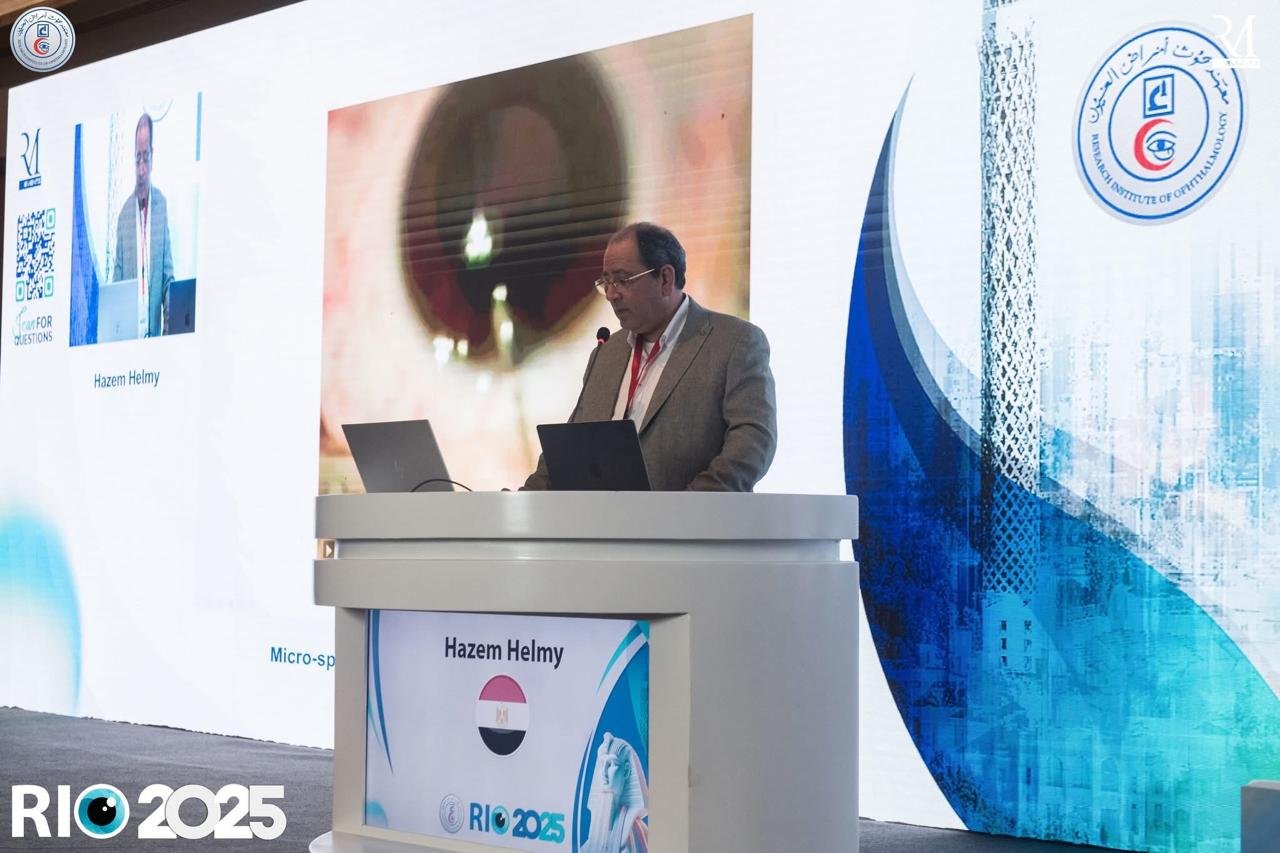
11. Phacoemulsification with surgical Iridectomy versus Phacoemulsification only in chronic closed-angle glaucoma: long-term follow-up
Phacoemulsification with Surgical Iridectomy versus Phacoemulsification alone in chronic Primary Angle Closure Glaucoma: Long-Term Follow-up
Objective: to compare the results of cataract surgery with or without Iridectomy in chronic closed-angle glaucoma.
Results: both methods are effective, with some differences in side effects.
Conclusion: consolidation may be better in some cases.
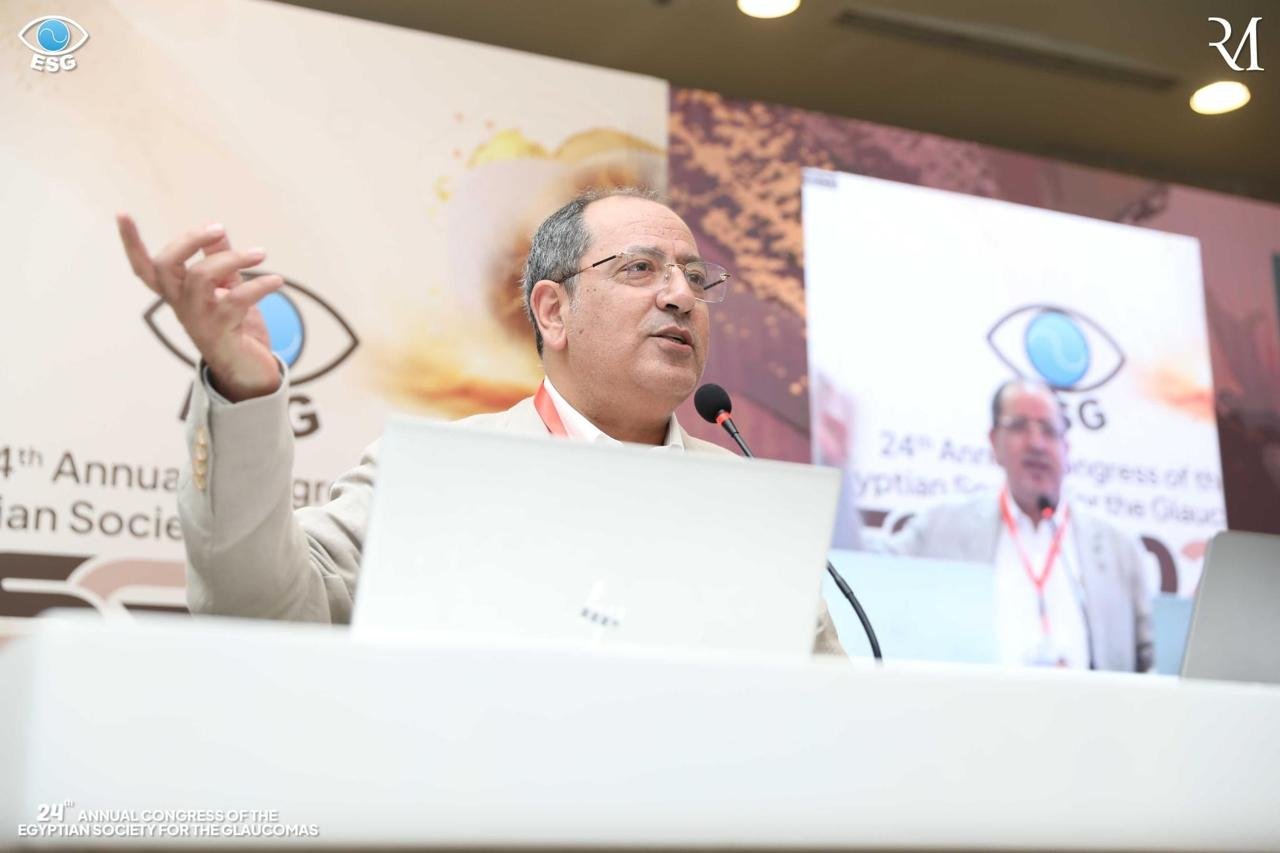
12. Ahmed valve implantation versus trabeculectomy of the sub-sclera with mitomycin in vascular glaucoma after preliminary treatment with ranbizumab and reticular laser
Ahmed valve implantation versus sub-scleral trabeculectomy with mitomycin in neovascular glaucoma pretreated with intra-vitreal ranibizumab and panretinal photocoagulation
Objective: to compare the effectiveness of two surgical methods in the treatment of vascular glaucoma after preparing patients with drug and laser treatments.
Results: both methods are effective, with differences in complications..
Conclusion: the choice depends on the eye condition and the patient's response.
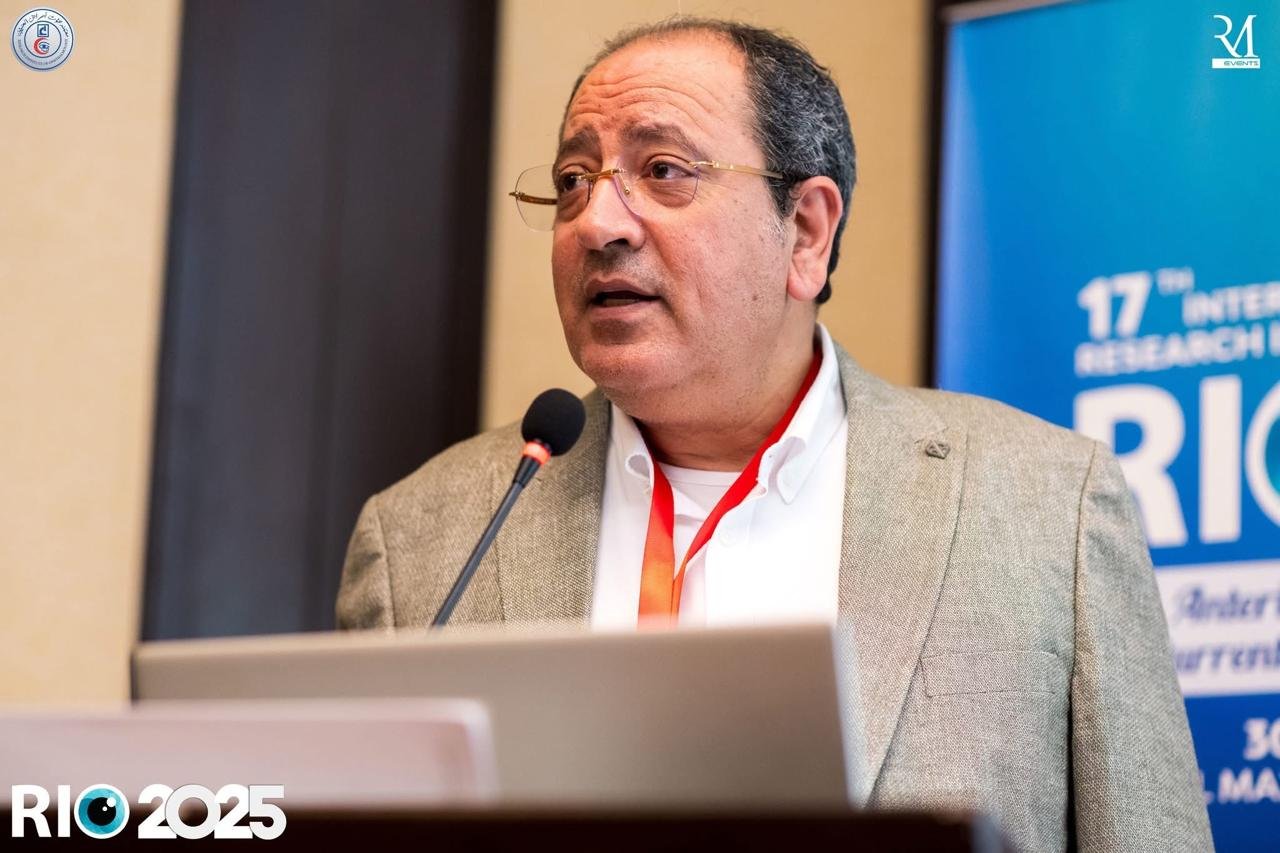
13. The effect of local treatment of glaucoma on the thickness of the central cornea: long-term follow-up
Effect of Topical Anti-glaucoma Treatment on Central Corneal Thickness: Long-Term Follow-up
Objective: to study the effect of topical treatments for glaucoma on the thickness of the central cornea in the long term.
Results: some treatments may affect the thickness of the cornea, which affects the accuracy of measuring intraocular pressure.
Conclusion: these changes should be taken into account when following glaucoma patients.
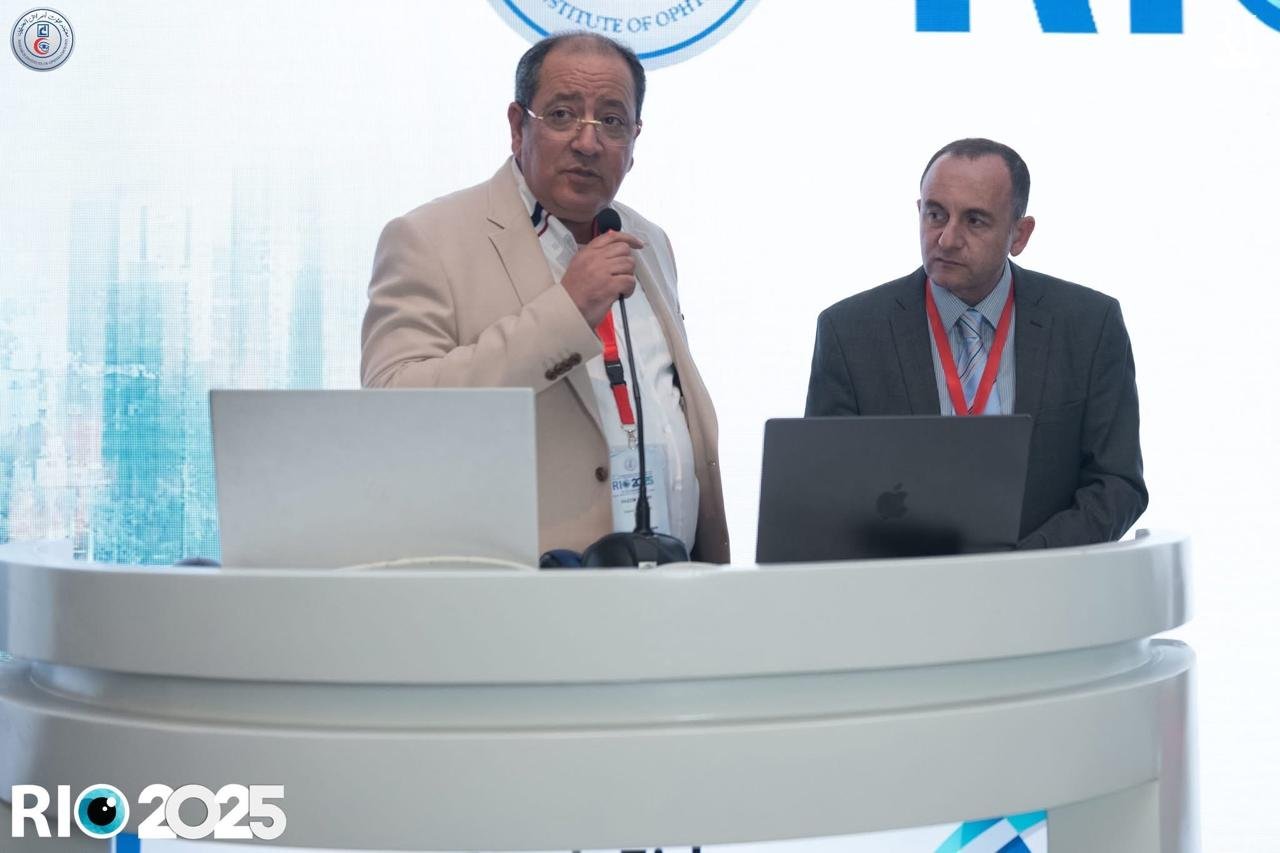
14. Levels of cytokines in aqueous eye fluid in patients with open-angle glaucoma, pseudoglucoma and cataracts
Levels of cytokines in the aqueous humor of eyes with primary open angle glaucoma, pseudoexfoliation glaucoma and cataract
Objective: to measure the levels of cytokines in eye fluids in glaucoma and cataract patients.
Results: marked differences in cytokine levels between groups.
Conclusion: cytokines have a role in the development of eye diseases and may be a future therapeutic target.
To communicate
Book now
Do you have vision problems or need an eye exam Book your appointment now with the best ophthalmologists! We provide you with high-quality medical services in a comfortable and safe environment
Working hours
- The gathering clinic: on Sundays and Tuesdays from 2 to 9 pm
- Giza clinic: Saturdays, Mondays and Wednesdays from 5 to 11 pm